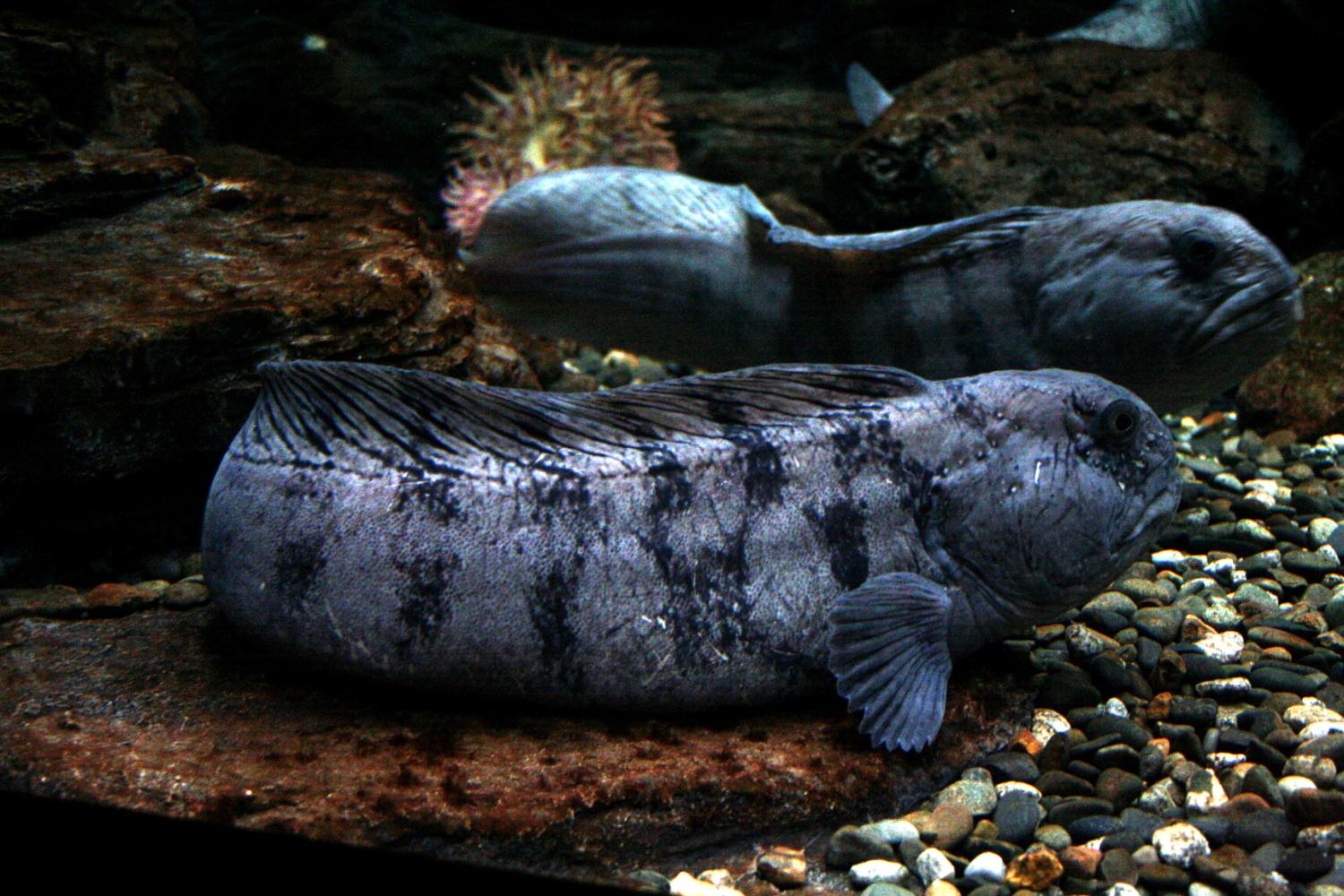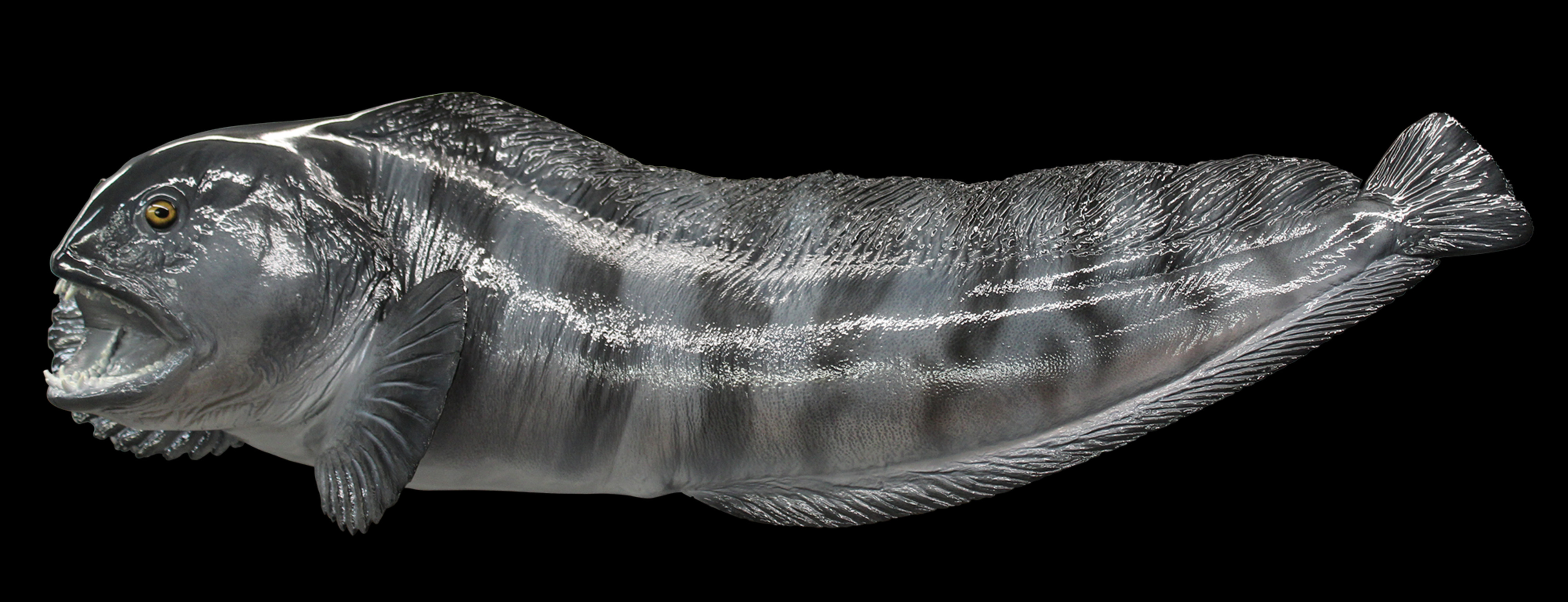
After taming - follows you around, and attacks hostile enemies either of you are attacked. It is known for the quality of its flesh and populations in many more settled parts of its range have been severely depleted due to fishing for food. 3.5 Brown Wolf Pup 3.6 Red Wolf Pup 3.7 Puppy 4 Gallery Behavior Very similar to Bear Cub. Depending on the size, the female can carry around 6,000 to 60,000 eggs.

Reproduction takes place at the onset of the rainy season from December to March. It is active predominantly at dusk and at night. Attacks on larger vertebrates including humans are unproven. It is mainly an ambush predator of fish but also feeds opportunistically on other animals that fall into the water such as terrestrial invertebrates. Often found in counter current zones of principal rivers and creeks. Distribution, habitat and ecology Īcross most of northern South America, Brazil, Colombia, Venezuela, Guyana, French Guiana, Suriname and the island of Trinidad.
#Brown wolf fish code#
The Principle of Priority of the International Code of Zoological Nomenclature therefore means that the name Hoplias aimara has precedence. macrophthalmus, referred to the same taxon. There were thought to be two species of giant trahiras Hoplias aimara (Valenciennes, 1846) and Hoplias macrophthalmus ( Pellegrin, 1907), each described from French Guiana, study of the type-specimens of each species showed that both names, H.

The wolf quickly snatches a gleaming salmon out of the spray before leaping up the embankment and away with its catch. A wolf lopes up to Brooks Falls in Alaska’s Katmai National Park where a brown bear is fishing in the rushing water. Although it seems docile, the fish has been known to attack divers and swimmers, however there is rarely a fatal ending. Rare Footage of a Wolf Catching Salmon Alongside a Brown Bear. The colour can be almost solid black through to pale brownish gold colour with marked dark stripes. There are normally small spots visible on the upper anterior part of the body including the head, the patterning can vary geographically. This species is found in the North Atlantic Ocean and Arctic Ocean. the colour is basically brown with a lighter base colour, although shades can vary, with a number of vertical patches or stripes. The northern wolffish ( Anarhichas denticulatus ), also known as the blue sea cat or jelly cat, is a species of marine ray-finned fish belonging to the family Anarhichadidae, the wolf fishes. The coloration is variable but is usually a grey-brown with darker. This species has an elongated cylindrical shape. The tararira are found in most river systems from Southern Central America to Argentina. This is the largest of the Hoplias species with specimens caught at a length of 120 cm (47 in), the largest rod and reel record stands at 101 cm (40 in). aimara is a good bioindicator of such contamination.

In Amazonia, the native populations are concerned by high levels of mercury contamination which have been linked to the consumption of contaminated fish. Hoplias aimara, also known as anjumara, traíra, trahira, manjuma, anjoemara and wolf fish, is a species of freshwater fish found in the rivers of South America. Hoplias macrophthalmus ( Pellegrin, 1907)


 0 kommentar(er)
0 kommentar(er)
